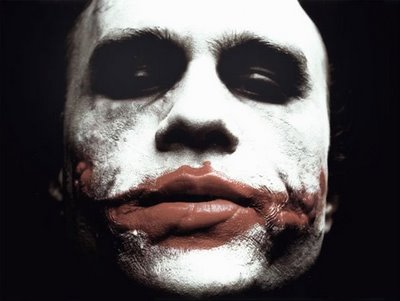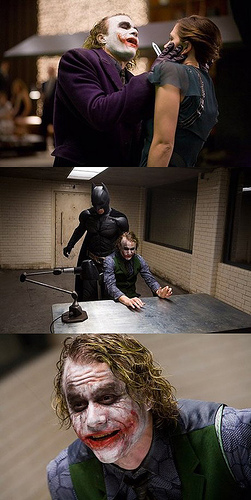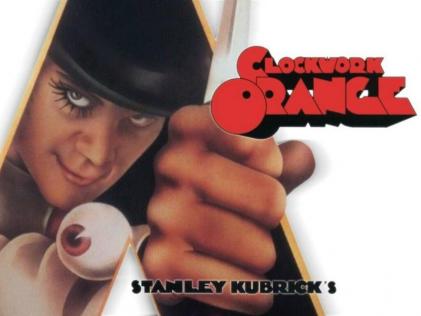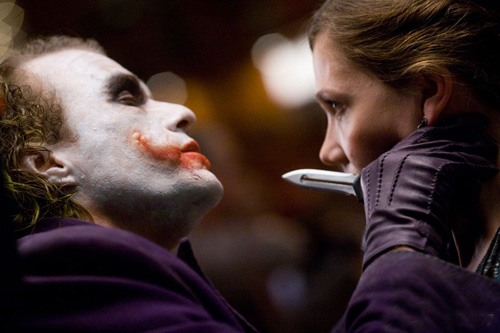In the January 27, 2008 issue of The Sunday Times, Kathy Brewis writes a thoughtful article, "Suicide: a teen’s way to instant fame," which details what she discovers from young people and adults about the Bridgend suicides.
Here are selections from the Brewis Times essay:
Suicide is far from painless, both for the people who do it and for the ones they leave behind. The cluster of seven suicides in Bridgend, south Wales, has left scores of grieving relatives and friends and the rest of us stunned at the thought that these young people – some pictured partying just days earlier – could take their own lives.
Disturbingly, the town’s teenage population seem less surprised by the tragic events. Below a steady drizzle, a group of teenagers outside a Bridgend off-licence discuss their dead friend Natasha Randall, the most recent in the series of suicides to have afflicted the town and the only girl. Their rationale is shocking.
“Perhaps she just got bored,” says Aaron, a 17-year-old in a hooded top and trainers. “It’s depressing living here. There’s nothing to do and we’ll never get decent jobs. The best I can hope for is to carry on stacking shelves at Tesco.”
* * *
It’s too simple to blame the internet for a phenomenon that, according to Loren Coleman, author of the book Suicide Clusters [and The Copycat Effect], has ebbed and flowed throughout the centuries and is often linked to complex social factors. In the depression of the 1930s, he points out, Americans blamed comic books for [youth violence and infrequently murder-suicides] plainly linked to economic deprivation. Today, says Coleman, “it’s not video games, it’s not the media, it’s not television. It’s part of the human condition”.
It’s nothing new, he claims: “Sigmund Freud held a conference on youth suicide clusters in the 1920s.” When Coleman published his book in 1987, nobody believed they were a phenomenon. Now, he says, it’s a no-brainer. “The particulars are a small geographical area, similar ages and backgrounds and similar method. All these kids died by hanging. That’s a method that takes some thought and it’s very painful. It’s almost certainly because they heard about it and chose it in a deliberate fashion.
“People find it easier to accept the idea in families, like the Hemingway family, where five people chose suicide. Well, these youths are like an extended family. If you’re vulnerable and desperate, you’re easily affected by models. You think: if they figured suicide was their option, maybe I should.”
* * *
There used to be five youth focus groups in Bridgend, where teenagers could turn for counselling, but funding was withdrawn and now there is only one. “Bridgend has poverty, unemployment, it’s an old mining town . . . the osmosis of depression, the groundlessness, has leaked through to the youth. What is there for young people if they stay in that community? What sense of hope has been lost?” says Coleman.
“People forget that suicide is about pain. It’s about escaping from pain, not ending your life. So the only way we can help young people is to talk to them about that pain. And it’s up to us to say that yes, there are some bad parts of life that we all go through, but life is really pretty wonderful.”
If you are concerned for a young person you know, call Papyrus’s helpline on 0870 170 4000








